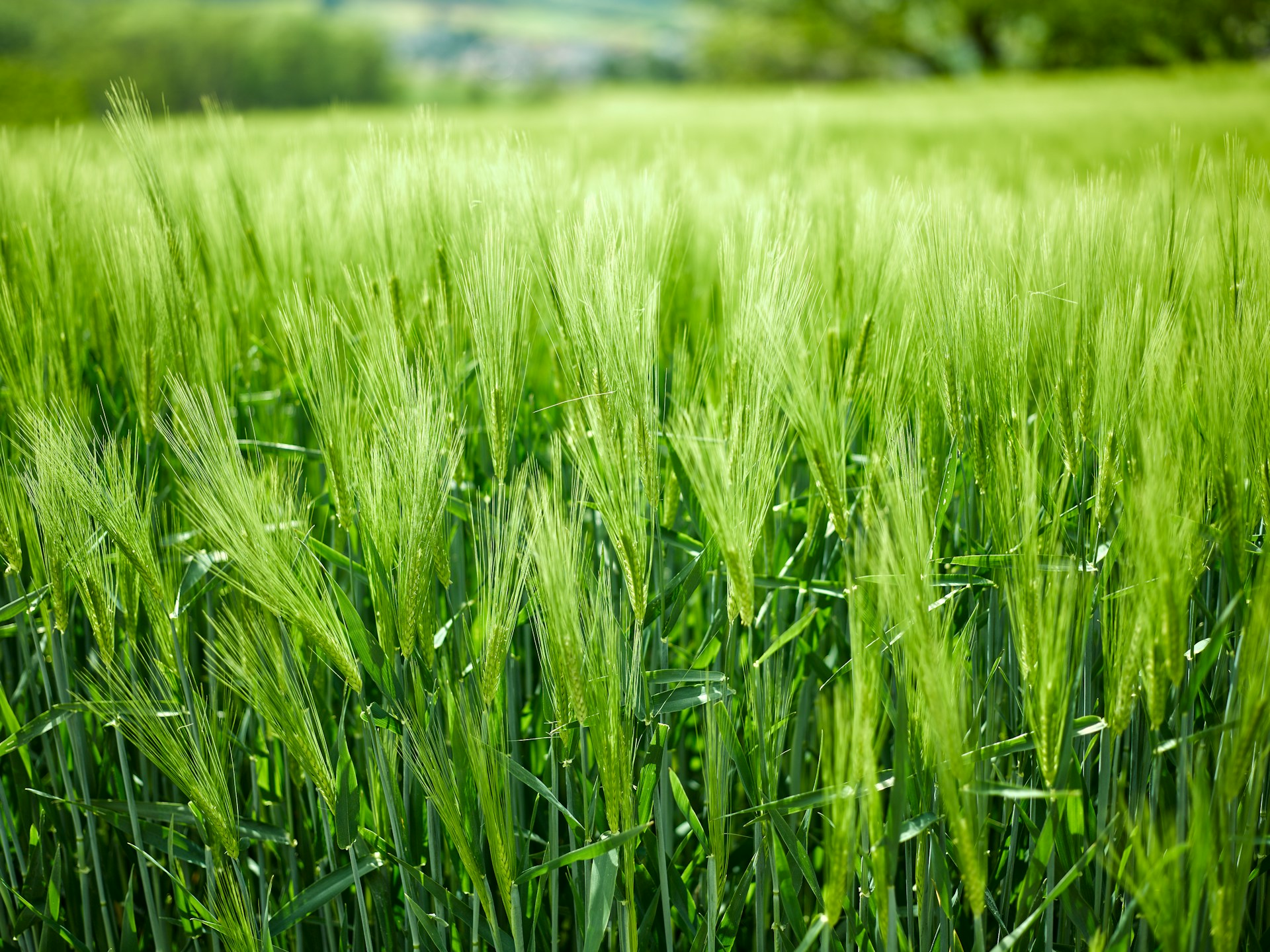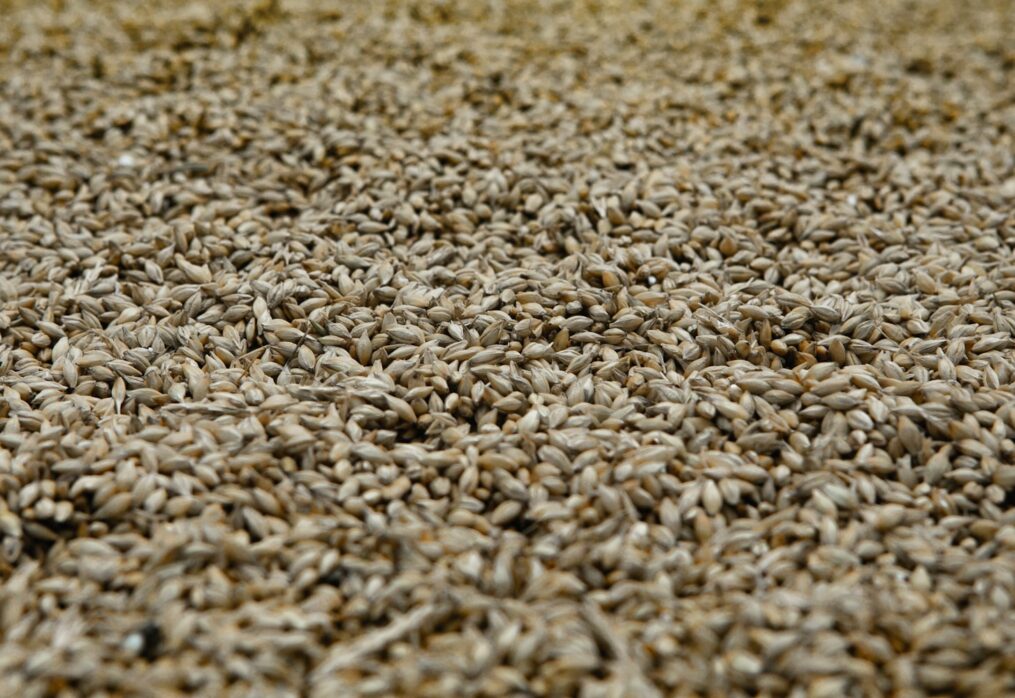Irish cereals sector faces seed shortage
Irish cereals sector adapts to new conditions
The Irish cereals sector is facing a shortage of spring barley seed. Local farmers have traditionally bought the crop from EU suppliers, but there is also a crop shortage in the EU.
Tim O’Donovan, head of trade body ISTA, said Irish farmers had bought seed from local and European producers for the 2024 season. In total, they have purchased 23,000 tonnes, the same as last year. There is also the possibility of additional supplies of 1,000 tonnes, which would be the maximum. The importers were producers from France, Poland, Italy and the Czech Republic. Farmers have also bought some seeds from the UK.
The quality of the product purchased is the main concern for industry representatives. O’Donovan noted that all supplies are certified to EU standards. However, local farmers wanted to carry out additional research. Unfortunately, this proved impossible.
The local growers’ concern stemmed from last season’s failure. It was one of the lowest spring barley harvests in the EU. As a result, competition among seed buyers has increased significantly throughout the region. In addition, not all exporters work in good faith: the quality of their products may not meet all the indicators. Farmers fear that some of the imported crops may contain weed contamination.
ISTA has assured the industry that it will be able to provide sufficient seed. However, it warned of the limited availability of some varieties commonly grown in Ireland. Local growers will, therefore, need to optimise their growing practices to maximise results.
Some growers have already experienced the presence of weeds in a consignment of barley from the EU. ISTA is working to reduce the likelihood of infestation, but this is extremely difficult when seed is scarce.
Other industry challenges
In addition to seed shortages, there is the problem of high fertiliser prices. Crop expert Shay Phelan has urged local growers to rethink their cropping strategy. He pointed to the rising cost of reseeding crops. This is especially true for crops that have a history of low yields. A critical factor in the decision is to assess yields on a plant-by-plant basis. Phelan identified good production potential with the following values:
— 90 plants per square metre is considered suitable for winter wheat;
— two-row winter barley would be profitable at 150 plants per square metre;
— for six-row winter barley, the threshold is 90 plants per square metre.
Experts are also seeing good performance from new cereal varieties. For example, the number of plants per square metre in winter wheat has increased from 60 to 80. This is not a bad result, considering the stability of the plant.
